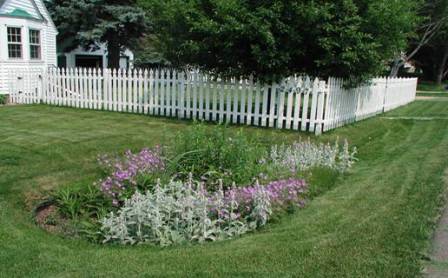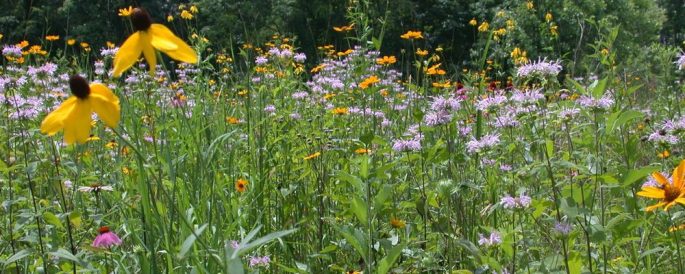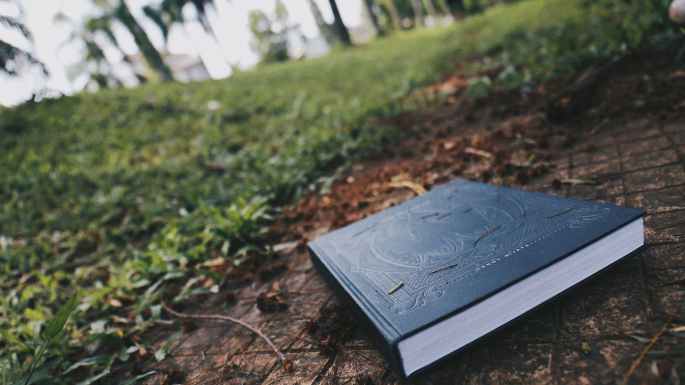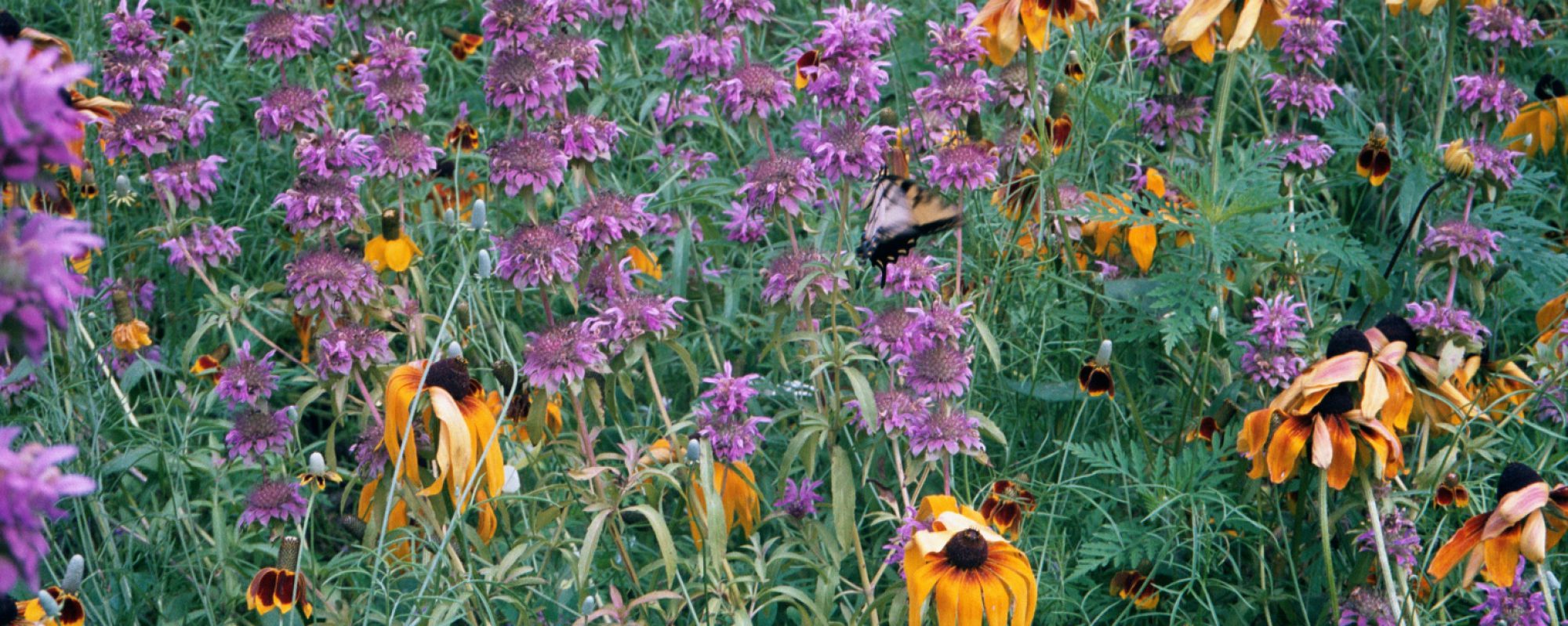Below is a brief summary of various green infrastructure strategies that can serve as useful remedies to some common yard issues. For more detailed information on each strategy, click on the respective photo or caption.
———
Rain Gardens

To capture any flow or access water on your property, you may consider installing rain gardens in areas currently maintained as turf grass or in areas where water pools. Installing rain gardens in these areas will reduce the amount of stormwater flowing towards your residence and towards frequently flooded areas of your property. Rain gardens include 3 – 4 inches of amended sand/compost soil media under 2 – 3 inches of mulch in the landscaped area. This soil media, in addition to the installation of native, wet-tolerant plant species, will promote improved stormwater infiltration into the ground. If you choose to install a rain garden, position the garden a minimum of 10 feet away from the foundation of the home.
———
Native Landscaping

Native plants have adapted to our local conditions over thousands of years, and can survive our wet springs and dry summers with little maintenance needed. Their deeper roots make them much more drought-resistant and make spaces in the soil for water to soak into, which lessens stormwater impacts.
Once established, native plants usually require little to no irrigation or fertilization so less money will be spent watering and fertilizing, while protecting our water quality and quantity. Native plants are resistant to most local pests and diseases, reducing the use of harmful pesticides and fungicides.
Many native plants also produce beautiful flowers that attract the butterflies and other native pollinators. Native plants are an excellent choice for attractive, low-maintenance landscaping that benefit and protect our local natural resources.
———
Stormwater Capture & Reuse

Stormwater is any rainwater or melting snow or ice that flows over the surface of the land to the nearest storm sewer, ditch, lake, or stream. Hard surfaces like driveways, roofs, parking lots, and even some lawns don’t let water soak into the ground. Instead, the water from these surfaces runs off into our storm drains, rivers, streams, and lakes and can cause flooding and increased streambank erosion as the water flows more quickly and in larger volumes.
Stormwater carries all the dirt and pollution like litter, debris, and oils into our streams and lakes. Even stormwater runoff from our lawns can contain fertilizers, grass clippings, pet waste, and pesticides. Too much stormwater entering our storm drains and ditches can cause backups and flooding, and requires additional infrastructure to clean up polluted stormwater.
By capturing stormwater before it enters storm drains and ditches, we can help minimize and prevent flooding of public areas and private yards. Strategies include downspout disconnection and the utilization of storm barrels or cisterns. This water can then be used for non-potable purposes, such as watering your yard, washing off patio furniture, or cleaning your car.
General Information and Resources

If you’re interested in what storm water is, how your property management makes an impact, and other information, or links to additional resources on green infrastructure, go to this page.
